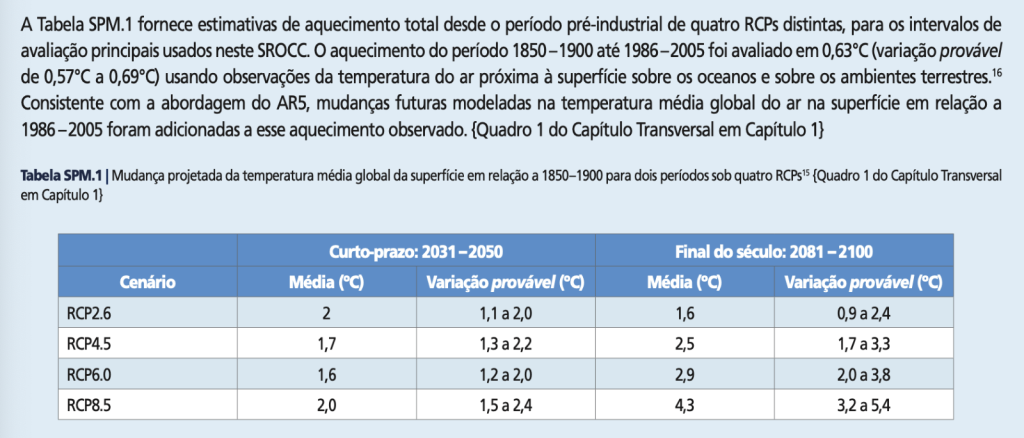According to the Summary for Decision Makers (SPM) of the United Nations Intergovernmental Panel on Climate Change Special Report1 (IPCC) “The Ocean and Cryosphere in a Changing Climate” (IPCC, 2019) the ocean covers 71% of the Earth’s surface, contains about 97% of the planet’s water and coastal human communities and small island developing states (SIDS) are particularly exposed to changes in the ocean, sea level rise, flooding from coastal storms.
In Cape Verde, around 80% of the population lives near the coast2 and more than 85% rely on desalinated water for drinking. In addition, the ocean plays various roles in the climate system, such as capturing and redistributing carbon dioxide (CO2) and heat, supporting ecosystems, providing food for people and animals, water, energy and oxygen, benefits for well-being, with relevance to tourism, cultural values, trade and transportation.
Thus, the state of the ocean interacts with all the Sustainable Development Goals, including the 13th related to Climate Action.
Today, the sea is already feeling the impacts of climate change, namely rising temperatures at the surface and in the water column and the consequent change in marine currents, ocean acidification, rising mean sea levels, changes in salinity, reduced concentrations and others are all adding to what are already negative pressures on this ecosystem that is the livelihood of many of us, the source of the water we drink and the foundation of Cape Verdean culture.
To uncover what the future holds, the IPCC uses scenarios to project the future climate based on representative concentration trajectories (RCPs) of greenhouse gas (GHG) emissions and aerosols and chemically active gases such as land use.

Based on these RCPs and the following figure, we can see that the future of the oceans is largely dependent on our consumption patterns and the associated GHG emissions, with a future that could be more or less similar to what we have today (RCP2.6), in blue, or a very sad outcome for us, our history and the other beings that accompany us (RCP8.5), in salmon.

These changes in the sea are reflected in impacts and risks for ecosystems and are systematized below.

To cope with these phenomena, the IPCC in the same report identifies a set of enabling conditions that depend on urgent reductions in GHG emissions together with sustainable, coordinated and increasingly ambitious adaptation actions, with intensified cooperation between government entities at spatial and temporal planning scales, together with increased climate literacy through education and awareness-raising and the production and sharing of knowledge. Monitoring, forecasting and learning, responding to social vulnerabilities and equity reflected in investment that enables empowerment and participation in adaptation and negotiation are also essential for building long-term resilience.
Author
Inês Mourão,
Coordinator of the Ação Climática AGORA Program (acaoclimaticaagora
